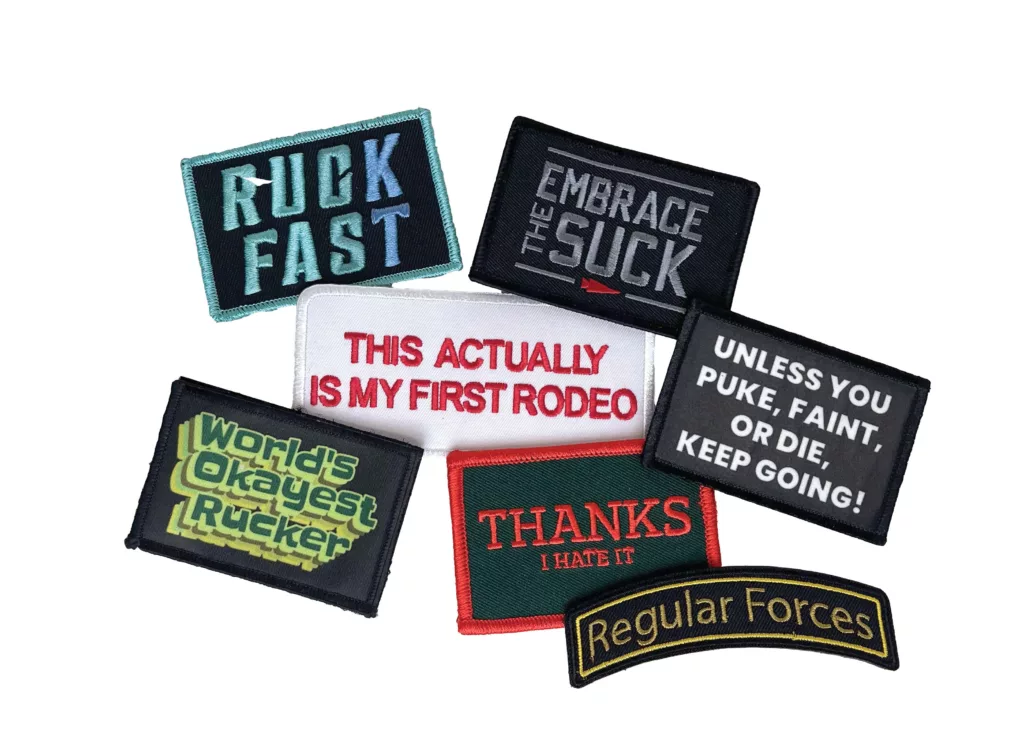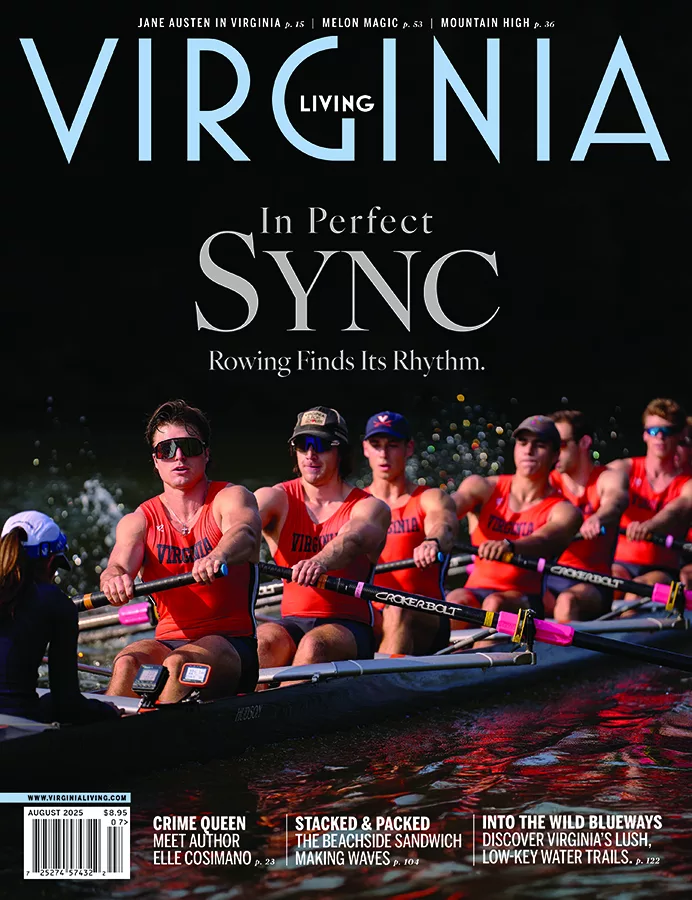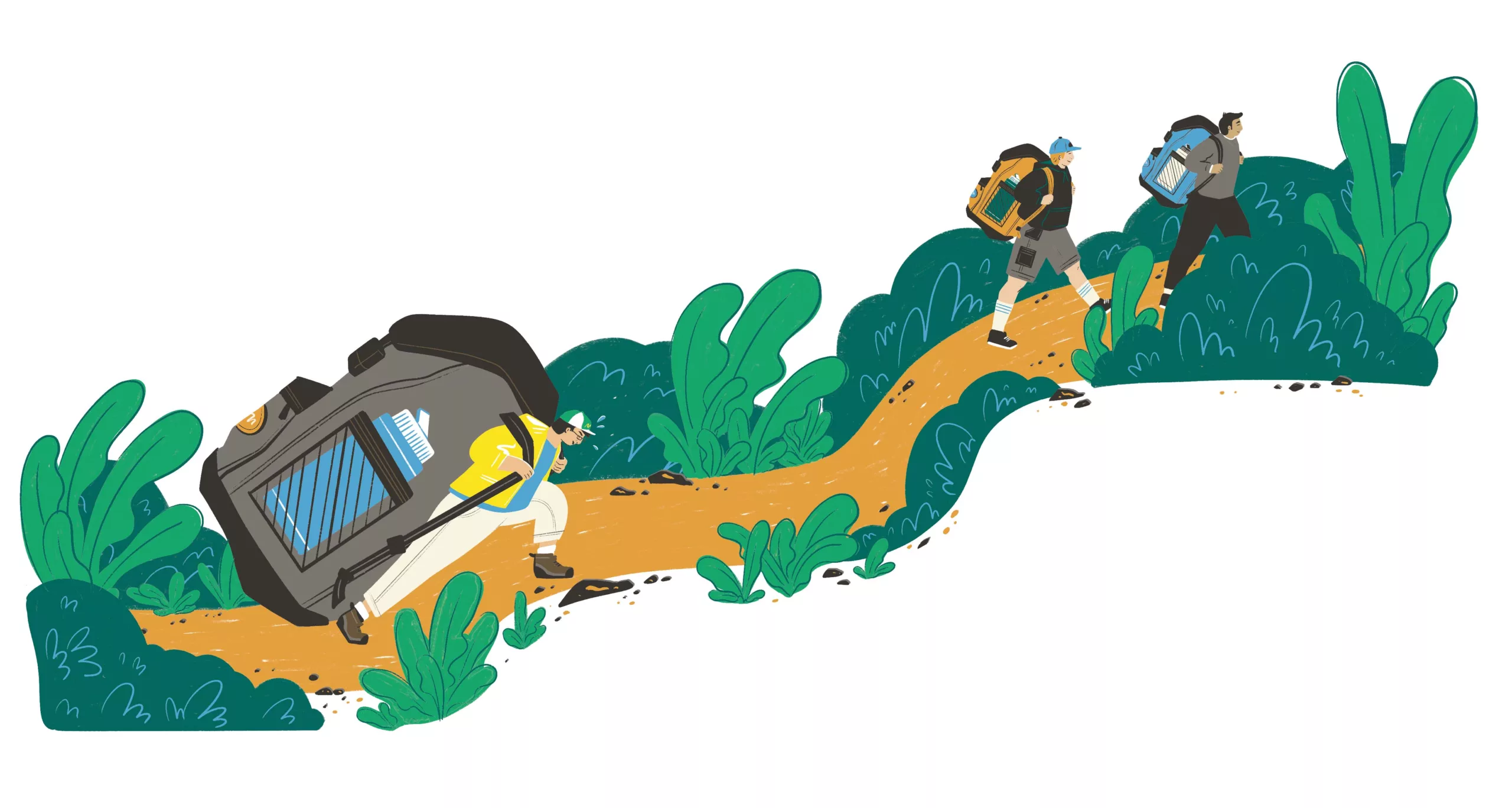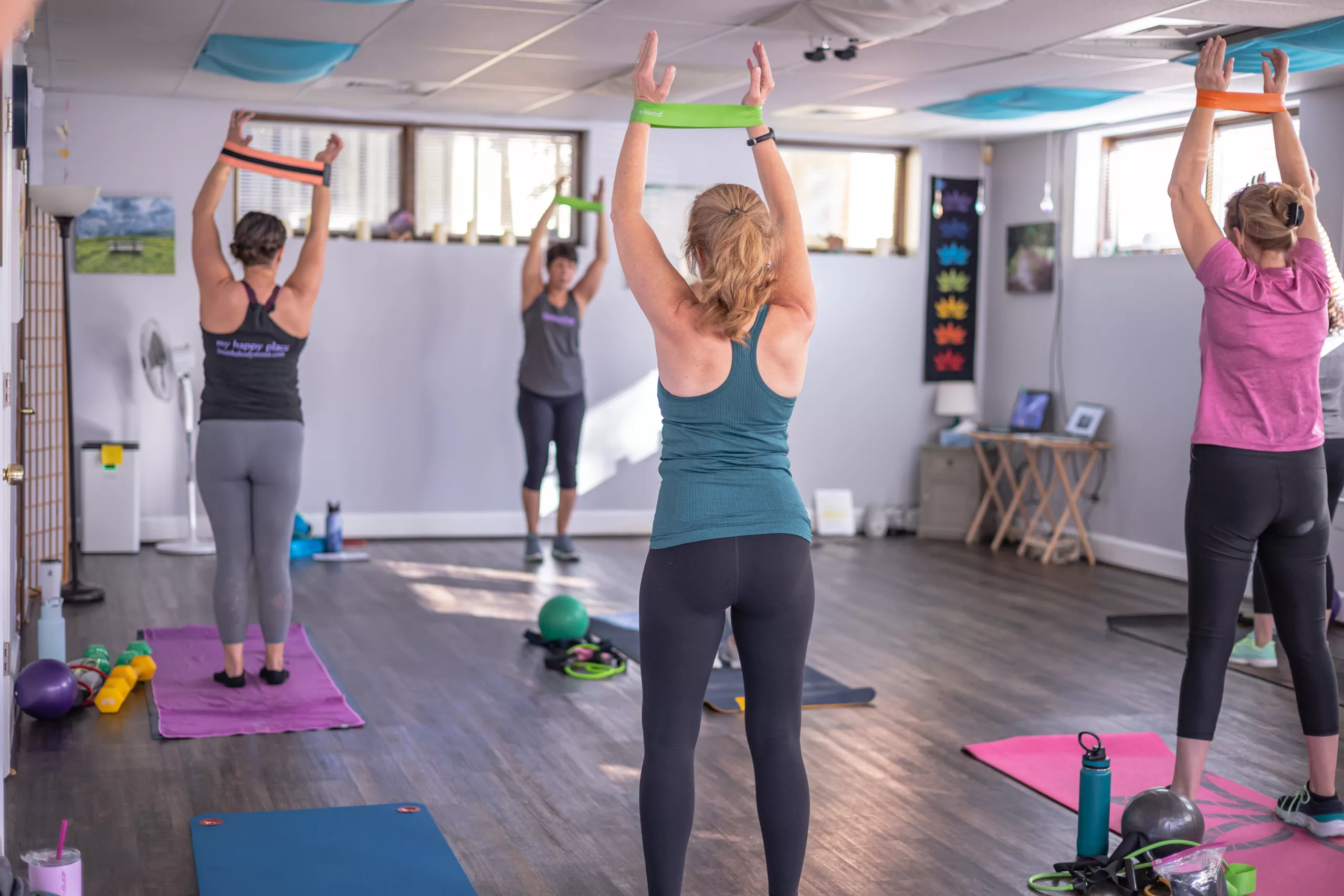By Austin Wright
My friend, a military veteran, examined my rucksack with a skeptical eye. This was the first sign I might be in trouble.
“Ounces are pounds, and pounds are pain,” he said matter-of-factly.
I’d packed sunscreen, extra clothes, two sandwiches, and such an excessive amount of water that I would soon become acquainted with every hotel lobby restroom in the area. This was all in addition to the 20-pound metal plate
I was required to carry—for nine hours.
I glanced around for a trash can, wondering what I could throw overboard, but it was too late: One of the event organizers gestured for all of us, about 40 people total, to form a circle.
This was how I began my first official “rucking” challenge, a 26.2-mile trek on the rain-soaked streets of Northern Virginia and D.C.
Rucking, for the uninitiated, is walking with weight, usually in a backpack. It has grown out of military culture to become a civilian fitness fad, complete with its own ethos, “embrace the suck,” lots of cool gear, and snarky patches. GQ declared it “the workout of 2024.”
I’d started about six months earlier, after reading Michael Easter’s book Comfort Crisis, which urges readers to balance the luxuries of modern life with a healthy dose of discomfort. For that, Easter writes, you can do no better than rucking.
Soon, another neighborhood dad began joining me for morning rucks. We’d both fallen in love with the workout—it has an air of adventure to it, a Rooseveltian vigor—and has now become a guy-bonding experience, as well. We talked about our kids, our careers, politics, and philosophy as we toted metal plates around Lake Accotink, near our homes in Fairfax County. First we carried 30 pounds, then 35, then 40. At some point, we decided it was time to put ourselves to the test.
We signed up for the marathon-distance rucking challenge along with a third friend and dad, the military vet.
The first five hours were unremarkable—I’d spent months training with 40 pounds, so 20 felt easy. We were just three guys making friendly conversation as we passed the many iconic landmarks dotting our route—from Nationals Park to the White House to the Marine Corps War Memorial.
In the sixth hour, my pack began feeling heavy. My shoulders ached. Knots were forming in my neck. I couldn’t turn my head.

This was all painful, but nothing compared to the blisters. Those came in the seventh hour, after we’d gone about 21 miles. At first, it was hotspots. Then, as skin began tearing, it was a searing pain. I winced with each step. As I walked, I cursed the hiking boots I’d bought a month earlier, trusting online reviews over the good sense of my wife, an avid runner. Not only did I not have time to break them in, she’d said, but they also looked like baked potatoes on my feet.
Honey, you were right.
Those final miles were the toughest physical feat I’ve ever attempted. But, even though I considered it every second, I couldn’t quit. I couldn’t bear letting down my two rucking pals, especially the one I’d spent months training with. I could tell by his gait he was hurting too, and yet he marched on without complaint. I followed that example. One step at a time. Over cobblestone. Over concrete sidewalks. Over pavement as we veered onto the street to get around groups of ambling tourists. Until we reached the finish line.
We patted each other on the backs and posed for photos with the custom ruck patches we’d received for completing the challenge. We had a new, unspoken connection: the result of shared struggle, of embracing discomfort, and pushing through it, together.
I spent the days after the event nursing my wounds—and researching future rucking challenges. There’s another 26.2-miler coming up in a few months. It’s going to suck, but that’s kind of the point. I think I’ll do it, but not without new shoes—and counting every ounce.

Rucking 101
How to get started
Rucking has long been a cornerstone of military training, and rucking “challenges” are modeled after U.S. special forces qualification courses.
But rucking isn’t just for aspiring Green Berets. It’s a low-impact activity great for all ages and fitness levels, burning more calories than walking while improving core strength and posture.
A few tips for anyone looking to get started:
You don’t need any expensive gear at the outset. Just use a regular backpack, filled with a few bricks, books, a dumbbell, or some other household item. Whatever you use, wrap it in a towel for padding.
Start slow. Begin with short distances and light weight: 10 pounds or less, to avoid injury. Over time, add weight in small increments. Some experienced ruckers carry about a third of their body weight, but it usually takes years of training to reach that point.
Make it social—and get out in nature. Part of the fun of rucking is that you can do it with friends, and you can find local rucking clubs and events through Sandlot, a smartphone app. It’s also a great way to explore local parks, trails, and historic sites.
Once you’ve been rucking for a few months, you may want to consider buying specialized gear. GoRuck and other companies offer backpacks and metal plates designed for rucking. A good rucksack will cost you a few hundred dollars but is capable of handling heavy loads and is built to last. GoRuck.com
This article originally appeared in the February 2025 issue.









